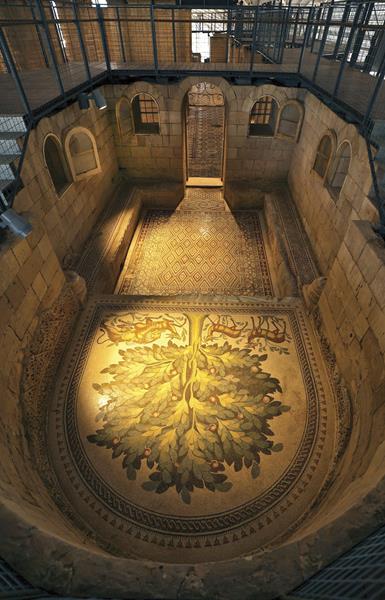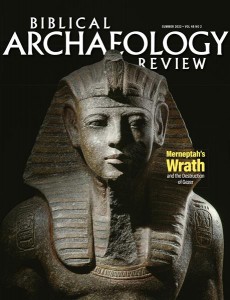
After a five-year, $12 million restoration effort, one of the most elaborate and expansive mosaic floors ever discovered in the Holy Land is once again accessible to the public. First uncovered in the 1930s at the site of Khirbat al-Mafjar just north of Jericho, the nearly 9,000-square-foot mosaic adorned the floor of a large bathhouse and palatial complex built by the Umayyad caliph Hisham ibn Abd al-Malik (r. 724–743 C.E.). The mosaic includes several dozen panels with intricate, multicolored geometric designs but is perhaps best known for its elegant figural depiction of grazing gazelles being hunted by a lion beneath a lush and blooming pomegranate tree, perhaps meant to recall the biblical “tree of life” (Genesis 2:9). Such images, long considered to be profane depictions of the earthly pleasures enjoyed by the Umayyad princes, were more likely intended to evoke kingly power or religious themes found in the Quran, the Bible, and even classical literature.
Already a library member? Log in here.
Institution user? Log in with your IP address.

